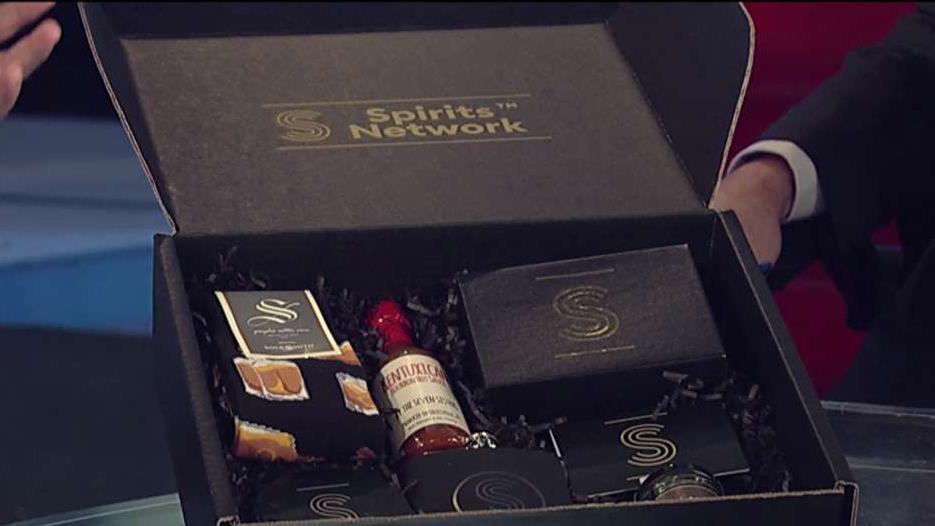Drinking in the US hits 30-year high — Here’s how much the average American drinks
'I think people sort of forgot all the problems [with alcohol]’
Drinking in America has been rising for the last 20 years and has reached a point where Americans are drinking more than they were when Prohibition was enacted, according to federal health statistics.
Aside from rising per-person alcohol consumption, there has also been an increase in emergency room visits, hospitalizations and deaths related to drinking, The Associated Press reported Tuesday.
“Consumption has been going up. Harms [from alcohol] have been going up,” Dr. Tim Naimi, an alcohol researcher at Boston University, said. “And there's not been a policy response to match it.”
DATA SHOWS US SATURATED WITH PAIN PILLS
Drinking -- and binge drinking -- among women appears to be one of the causes of rising alcohol statistics.
There has been a change in cultural attitudes toward drinking, particularly among women, which includes stressed moms calling wine “mommy juice” and jokes about it being “wine o’clock.”

With that cultural shift, researchers have also found that binge drinking and alcohol-related deaths are rising most dramatically among women.
According to a study released last week by the National Institute on Alcohol Abuse and Alcoholism (NIAAA), about 75 percent of alcohol-related deaths are among men.
However, the number of alcohol-related deaths among women has increased by 85 percent from 1999 to 2017.
CANCER RISKS PROMPT FDA TO RECALL MORE HEARTBURN MEDICATION
Today, Americans drink about 2.3 gallons of alcohol per year. In the late 1910s, Americans were drinking an average of 2 gallons of alcohol per year.
However, Americans’ drinking was at its highest in the early 1800s, when historians estimate the average adult drank 7 gallons of alcohol a year.
Prohibition was enacted on Jan. 17, 1920 -- 100 years ago this Friday -- after Congress passed the 18th Amendment the year before.
The amendment lasted only 13 years and was repealed in December 1933. The next year, per capita consumption was under 1 gallon.

Since then, drinking in the U.S. has fluctuated, with a high in the 1970s and 1980s, when the average American drank 2.75 gallons per year.
After Congress raised the drinking age to 21 and awareness of drunk driving deaths increased, drinking levels went down but started increasing again in the 1990s.
“I think people sort of forgot all the problems [with alcohol],” William Kerr, senior scientist at the California-based Public Health Institute's Alcohol Research Group, said.
However, there have been some positive trends, including decreased drinking among teenagers and the social media trend of “Dry January,” an indication that people are taking alcohol seriously.
GET FOX BUSINESS ON THE GO BY CLICKING HERE
In fact, there are many serious side effects of excessive drinking, including liver cancer, high blood pressure, stroke and heart disease.
Drinking by pregnant women can lead to miscarriage, stillbirth or birth defects. And health officials say alcohol is a factor in as many as one-third of serious falls among the elderly.

It’s also a risk to others — through drunken driving or alcohol-fueled violence. And research based on surveys suggests that more than half of the alcohol sold in the U.S. is consumed during episodes of binge drinking.
More than 88,000 Americans die each year as a result of excessive drinking, a figure higher than the opioid-related deaths seen in a current drug overdose epidemic, according to the Centers for Disease Control and Prevention.
CLICK HERE TO READ MORE ON FOX BUSINESS
The NIAAA’s study released last week found that alcohol-related deaths have doubled since 1999, though many of those deaths could also be related to the increasingly deadly drugs used in the overdose epidemic, since many people drink while taking drugs, said Aaron White, the study's lead researcher.
The Associated Press contributed to this report.




















